Tools to Start Your Soil Health Journey
There’s no silver bullet, definite answer or formulaic ‘how to’ in regenerative ranching.
Shawn Norton, Noble Research Institute’s research services manager, knows this firsthand. He helps collect data to measure the institute’s own progress in applying the six soil health principles on its journey to regenerative ranching.
“We’re here, watching our ranches make this transition, too, so we’re seeing what we need,” Norton says. Each rancher’s methodology will be a bit different, but, he says, “There are a few really simple tools that play a big role here.”
If you’re just getting started down a more regenerative path, these five evaluative tools will help guide the journey.
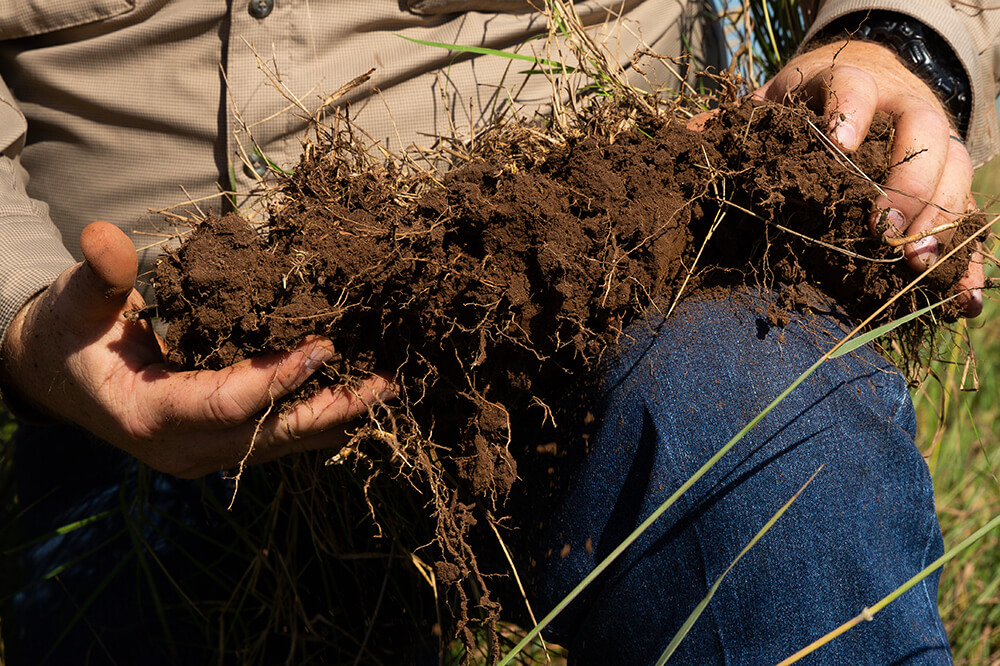
1. Dig in for an honest evaluation
Start simple and grab a shovel.
Too often, we use this tool for a task-oriented project and fail to pause to ponder what we see in the process. Norton suggests taking your spade into different pastures and fields to get a baseline sensory assessment of your soil’s current condition. Write down the date, location, current conditions and what you see, smell and feel. Tap into a youthful curiosity.
Ask yourself questions such as:
- Do you have plow pan?
- What is your soil’s texture and aggregation?
- What does the soil smell like 6 inches under the surface?
- What kinds of root structures do you notice?
- What colors do you see in the soil layers?
- What about worms and other “below-ground livestock”?
“Those below-ground livestock need to be working for you just as hard as the ones above ground do,” Norton says. “As you build organic matter, you should be able to see that top layer of soil get thicker and thicker and darker and darker as those organisms work that organic matter into the soil layers.”
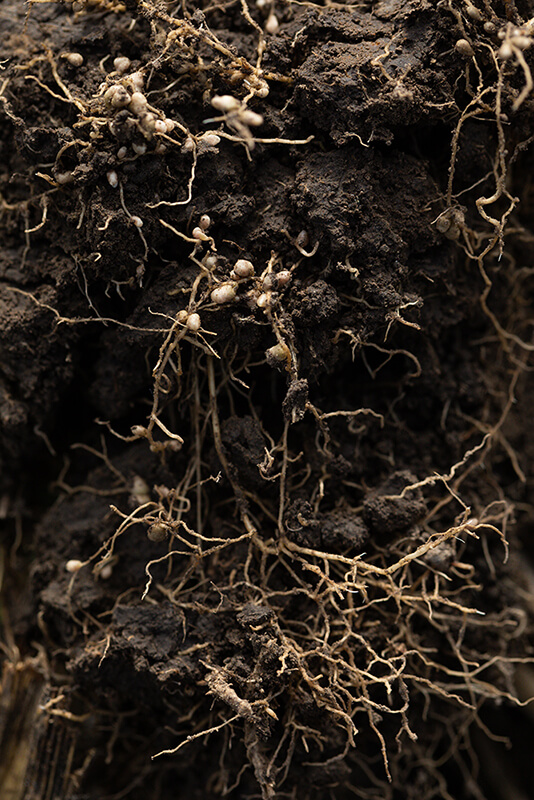
2. Probe deeper into your soil’s status
While your observations are a critical starting point, the next tool will help collect a deeper understanding of your soil’s status beyond what you can see. A soil probe will help you collect consistent samples for a more advanced biological soil test.
Traditional soil tests are used to make fertility recommendations for nitrogen, phosphorus and potassium needs and perhaps show pH or organic matter percentages. A biological test goes beyond those basics and evaluates how biologically active the soil is. The two most popular biological tests are the Haney and PLFA tests.
These tests can be time-intensive and costly (expect $50-$110 a piece), but they will yield an in-depth understanding of the biological activity of your soil and insight into what soil health improvements may be needed. Do your research and find a testing lab that will help walk you through the process and analyze results.
3. Analyze your grazing opportunity with a forage stick
A forage or grazing stick may look no more complicated than a typical yard stick, but it’s actually loaded with information that uses plant leaf height measurements to help assess ground cover, forage density and dry-matter feed per acre. Again, the key is to use the tool consistently, write your observations down and then put the data to good use.
Forage sticks usually are calibrated to specific states or regions, so make sure to find one that matches your context. A local extension or USDA Natural Resources Conservation Service office will likely have recommendations for your region and should offer an advisory with helpful tips and formulas to make the best use of this tool.
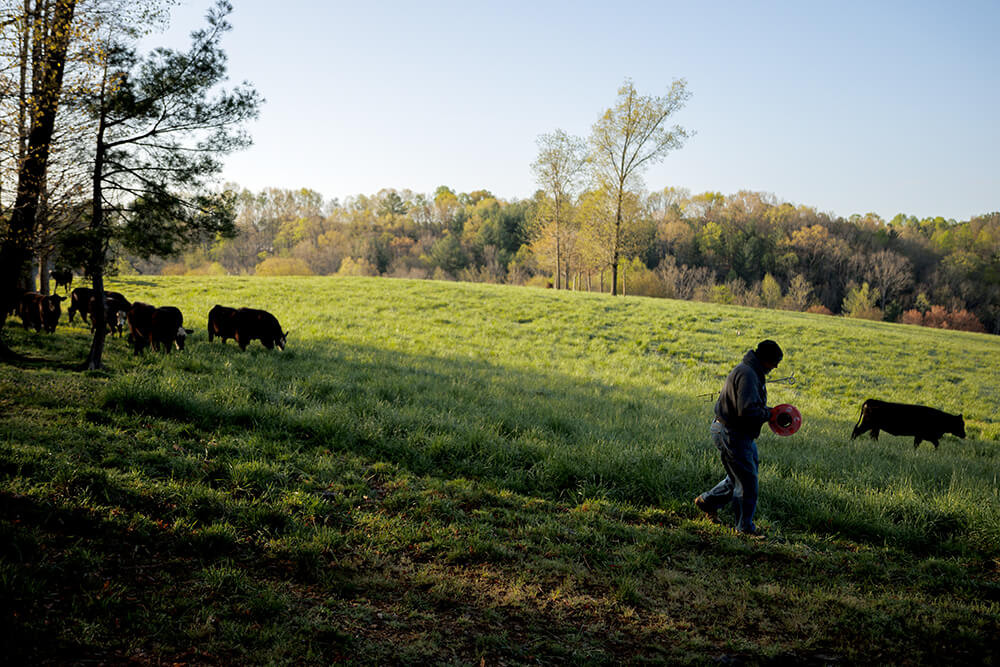
4. Integrate livestock with adaptable tools
Whether you’re integrating livestock onto your land for the first time to reap the soil health benefits of adaptive grazing management, or you’re adjusting traditional, continuous grazing tactics for your herd, the most important tools will be those which allow you to be more responsive to environmental needs.
Norton suggests it’s OK to start small, experiment with what works and see how you can get the job done before spending money on fancy wire rollers, a new ATV or ATV/tractor accessories. A basic wire reel, hammer, fiberglass posts and a portable solar fence charger will get the ball rolling.
“You can build a lot of simple fence without an ATV, without a tractor,” Norton says. “Of course, those things are going to make life a lot easier, but you can do without while you get a system that works for you figured out.”
At the Noble Ranches, we’re experimenting with ways to make water more portable, too.
“Think first about your context and see what you already have and what you can make work,” he says. A light trailer or old pickup bed box on wheels might make an easy platform to transport a tank from pasture to pasture.
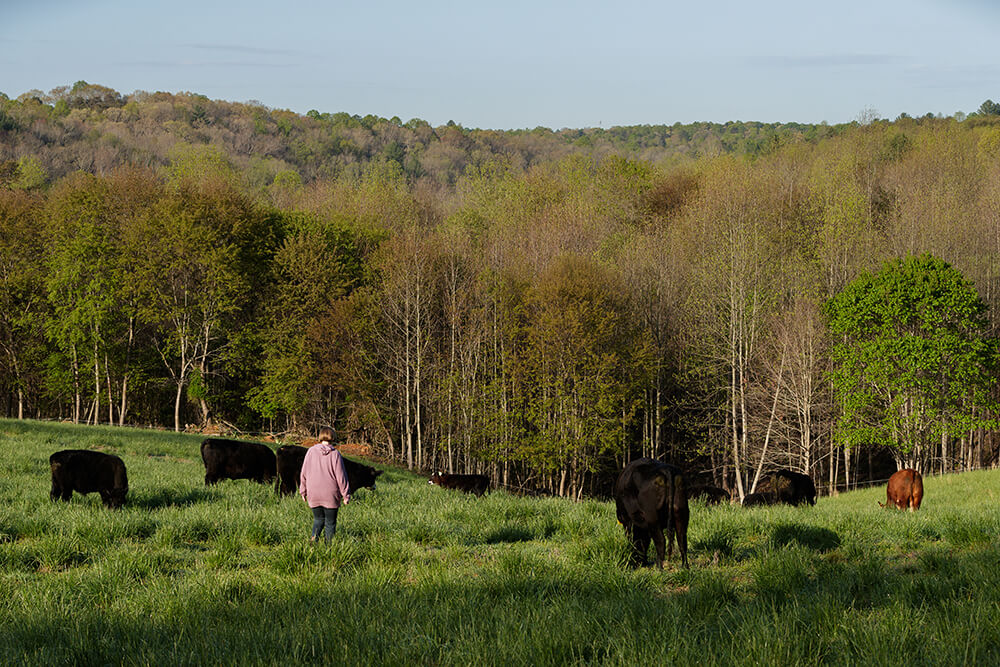
5. Increase diversity of ideas with deep thinking
“It may sound menial, but the tools I use most in the field are my smartphone and my eyes,” Norton says. Phone apps for plant identification can help quantify plant diversity; others might help calibrate a new no-till drill or calculate the carrying capacity of a pasture. Search for other ranchers who share a similar environment and seek out new ideas and demonstrations you can customize to your land and objectives.
Regenerative management requires deep observation, “and not just once in a while, or as you drive by at 40 miles per hour in the side-by-side. We’ve got to get down in the dirt and really see things, things like the progress of the dung beetles, how fast they’re breaking down your manure pats, things like that. We’ve got to really get down close and get into it.”
Then, the researcher says, assume the attitude of a student. “There’s no shortage of information out there. You just have to study up on it.”
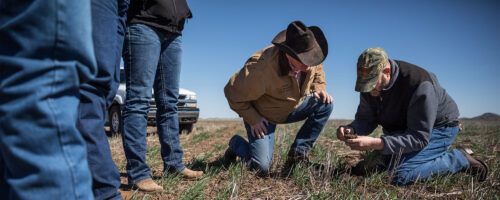
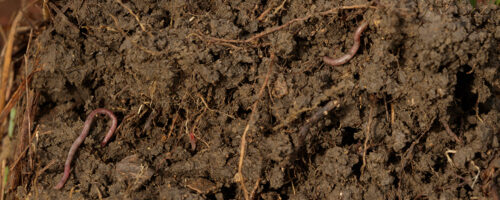
Comment